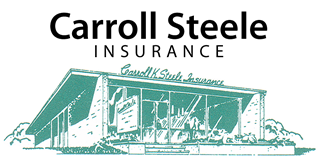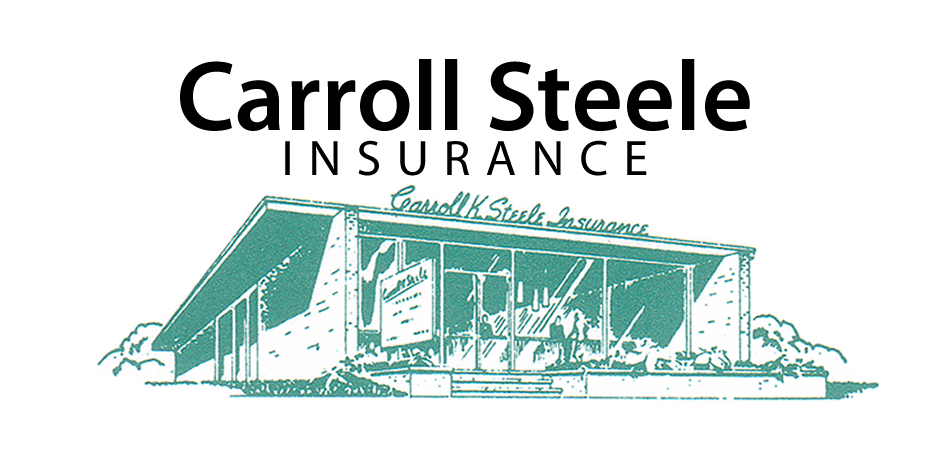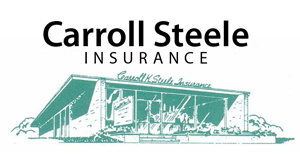What’s My Flood Zone?
Some property owners like yourself may find themselves stuck between two flood zones. And one of those zones is most likely more expensive than the other. So how do you resolve which zone your property resides in? And what do you do when your bank requested you carry flood insurance and has placed you in the higher risk flood zone, but you think they are wrong? Luckily there are a couple things you can do to verify exactly which flood zone your property is in. And it does not take much time to find out.
What Are The Flood Zones
To keep it simple, there are three basic flood zones: X, VE and AE. Flood zone X is considered a low risk (below 1% chance of flooding) zone. Banks can’t require you carry flood if you’re in Flood zone X. Zone AE and VE are what’s called Special Flood Hazard Areas (SFHA). According to FEMA’s guidelines if there’s at least a 1% chance of flooding it will be within one of these zones. AE Flood zone is usually inland flood risks such as rivers, lakes and streams. Flood Zone VE is a velocity zone and is mostly coastal areas. VE zone is the more expensive zone.
Looking Up Your Flood Zone
First step is to find your flood zone. Your insurance agent can help with this, but you can also look it up at https://msc.fema.gov/portal. Just type in your address and give it a bit of time to load up the map. Once you figure out what zone you’re in you can move to the next step.
Is My Property In a Special Flood Zone?
Often clients contact us because their bank is requiring they carry flood insurance. First, we do our own flood zone research to determine and confirm the banks report. Sometimes, for various reasons, we discover the banks flood determination to be inaccurate. The most common cause is proximity of two merging flood zones on a clients property.
When a bank conducts flood zone determinations they plug in an address and the computer produces the flood zone report. If any part of that property touches or resides in a special flood zone their report will reflect that zone. However, to be considered within that special flood zone the building or structure itself has to be touching, or partially in. Land or part of the lard isn’t considered part of the insurable structure and therefore is not a qualifying reason for placing that property in the special flood zone.
That’s why we always do a manual flood map and zone review. So don’t always trust the bank to have it correct; especially if you live near the coast!

Property located in the middle may be partly in the surrounding SFHA, but unless part of the building is it’s considered not.
Letter of Map Amendment LOMA
FEMA provides the ability to be removed from a SFHA if you find that you have been placed in one incorrectly. A LOMA letter simply is a request to FEMA asking that your property be removed from a SFHA because you have, with the use of a land surveyor, proven you are not in the Special Flood Hazard Zone FEMA previously determined you where. A Land Surveyor is required and will need to complete an elevation certificate as part of the process.



